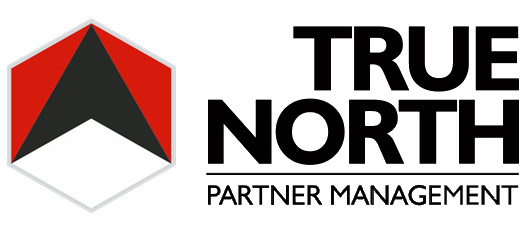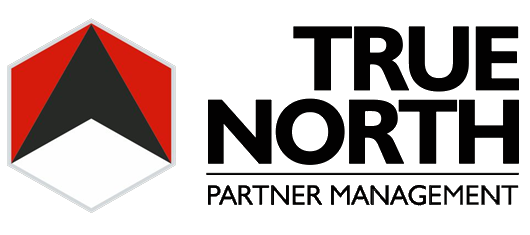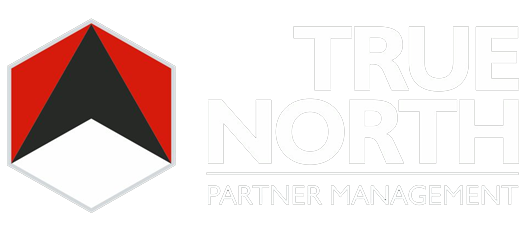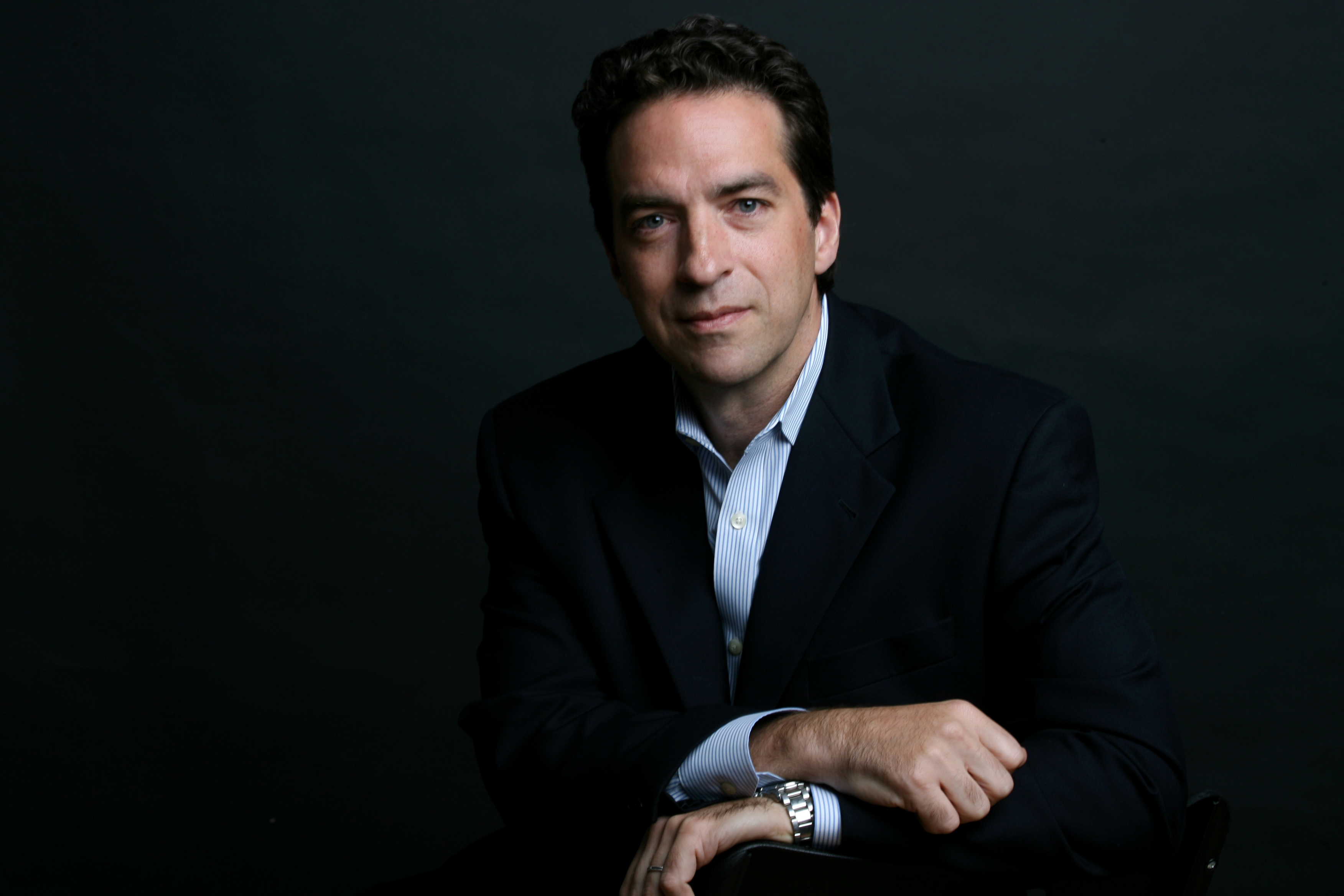The following post originally appeared on Forbes | July 1, 2014
Adam Bryant, journalist, New York Times bestselling author, and columnist for The New York Times, is quite familiar with the psychologies, values, beliefs, and backgrounds that drive today’s most successful CEOs—perhaps more familiar than the CEOs themselves.
As a columnist, Bryant interviews chief executives from all walks of the corporate world for Corner Office, a feature about leadership and management in The New York Times and on NYTimes.com. In it, rather than pursuing the traditional Q&A algorithm of questioning growth plans and the competitive landscape, he seeks to better understand what makes a CEO tick, i.e., what traits and experiences helped them rise where others did not. In doing just that, he has interviewed over 300 top CEOs to uncover predictable traits, themes, and threads among them, all the while offering his audience an aquarium-like view into the worlds and psychologies of one of the more wildly romanticized characters in the American cultural landscape: the CEO.
On Starting Corner Office
Parnell: Why did you start Corner Office?
Bryant: I was a business reporter here at the [New York] Times for many years throughout the 1990s. During that time I covered a lot of different industries and companies and interviewed a lot of CEOs. And what dawned on me over time—it sounds obvious to say it now—is that CEOs are almost always interviewed in the business press as strategists. When you whittle down a typical CEO Q&A in the business press, essentially it is two questions: What is your growth plan? And what is the competitive landscape?
Don’t get me wrong, I enjoyed writing those articles, and really learned a lot, and there is a big audience for them. But I just found that the more time I spent with CEOs, the more I became interested in them as people, and found myself wanting to ask them simple questions like, “How do you do what you do?” and, “How did you learn to do what you do?” People often see CEOs as this subspecies of the human race—that they are born leaders. And I thought, well, that can’t be right; there has to be a learning curve.
So I rolled all of that up into a simple “what if?” that launched Corner Office, which is, what if I sat down with CEOs and literally never asked them a single question about their company, their industry space, and strategy, and all that? Instead, I would ask them really simple questions about leadership lessons they’ve learned over the course of their lives; how they lead their employees as opposed to how they lead in their industry space….
And so, we launched in March of 2009, and that was more than 300 interviews ago, and two books ago, and now I’m teaching a leadership course at Columbia, and starting to work on book number 3. It has been a fun adventure, and I get to meet a lot of interesting people and have good conversations.
On Common Themes among Successful Leaders
Parnell: What are some of the common themes that you have found during those 300-plus interviews?
Bryant: That was really the work I did with the first book, which was to answer the question that I became intrigued by: What is it about the people that I am interviewing that helps explain why they got to the corner office?
One is what I call “passionate curiosity,” which is this relentless questioning mind that I see in so many of the leaders I interview. They are really deeply engaged with the world. They are curious about people, their back stories. They go into new situations trying to figure out how things work, and then how they can be made to work better.
I like the phrase “passionate curiosity,” because, to me, it is greater than the sum of its parts. We all know people who are passionate, but not necessarily curious. And we know people who are curious, but not necessarily passionate. But the two of them combined, to me, capture that energy; that very energetic, curious kind of professional-student mind that I see in some of the CEOs, which is not the impression that a lot of people have of CEOs in general.
I think that when CEOs present a face to the world, it tends to be one that suggests they have all the answers. We can all imagine the glossy business magazine with the CEO on the cover with their arms folded, and they have that “I can see the future” look in their eye. That is the face that they need to project for the customers and shareholders. But I think they play a very different role inside their companies, which is to ask the right questions. Because if you ask the right questions, that can really take the organization into important new directions.
Another thing that became really important is a quality that I call a “simple mindset,” which is the ability to take a lot of complicated information and really boil it down to the one or two or three things that really matter, and in a simple way, communicate that to people.
In big organizations—frankly, in any company—there are always a dozen or more competing priorities. And it is the leader’s job to stand up in front of the troops and say, “These are the three things that we are going to focus on this year,” or “These are the goals and this is how we are going to measure them.” I think that that is an incredibly important skill for leaders today, because if you really want to galvanize people and get them operating as a team, you’ve got to create a simple scoreboard that everybody understands.
That theme has emerged from a lot of interviews: not only can CEOs simplify things themselves, but they really value people on their staff who can do it as well. Simple is hard, and the point is to make it look easy.
On Desirable Attributes in a Leader
Parnell: If you were a chairman for a Fortune 100 company and were in charge of finding your next CEO, what would be some of the top attributes that you would be looking for? This may dovetail into the question I just asked….
Bryant: Yes, certainly [passionate curiosity and a simple mindset]. Another quality is what I call “battle-hardened confidence,” which is that quiet confidence that you’ve faced down adversity before; that you’ve built a track record of overcoming adversity and working through tough situations.
Another quality is what I call “team smarts,” which is the organizational equivalent of street smarts. As companies move to less of a command-and-control model, and more of what one CEO described to me as a sense-and-respond model—and I really like that expression—you have to have great antennae for team dynamics.
Fearlessness is another important quality that I think really separates CEOs. It is not recklessness, but it is that bias toward action: “Let’s do things rather than just being content.”
A couple of other things that I have thought a lot about recently are the growing importance of self-awareness. I think that is something that really separates people, especially as more organizations follow more of a team-based approach rather than a traditional hierarchy. CEOs have to be really self-aware, and understand that the smallest gestures, like a furrowed brow or a dismissive wave of a hand, have amplified impact in the organization.
There is a great test of self-awareness that one CEO I interviewed explained to me—and I think this applies to everybody; it’s not just about CEOs—and the test is this: Don’t let anybody tell you something about yourself that you don’t already know.
Another thing I’ve thought about is this sweet spot between confidence and humility. Those may sound like they are forces in opposition, but I think that in effective leaders—and, frankly, anybody in any walk of life—there is a sweet spot there where people are aware of what they don’t know, but they are also confident that they can learn, and develop a point of view, and contribute to the team. That’s something that CEOs tell me that they really value in people.
On Wisdom and Communication
Parnell: If you had to choose between wisdom, enthusiasm, and energy, and you could only choose one, which would it be?
Bryant: I’d push back on the question, but if you twisted my arm, I’d pick wisdom. Wisdom, to me, is really sort of pattern recognition in life, and sifting your experience—first hand, and second hand, and third hand, and just being observant. I think that you have to have energy and enthusiasm to be wise.
Parnell: Who are some of the greatest communicators that you’ve met? I know perhaps singling someone out may put you in a precarious spot, but if you are comfortable with it, I’d love to know who you think are some of the best.
Bryant: It is hard for me to say who the top five are. But to me, it starts with the content. So, the communication style, to me, is secondary to getting the content right. And what I’ve been so often impressed by is leaders who can essentially boil down the company’s goals and operating model into, literally, less than a page. They can figure out, “Here are the four metrics; these are the three or four things that we are going to focus on,” and do it in a way that not only makes sense for today, but is likely to make sense a year from now.
To me, this is a real trick to leadership—creating a simple structure so that everybody in the organization can understand how the work they are doing contributes to the broader goals.
I think, as human beings, we are wired to contribute and to be part of a team, so it is the leader’s responsibility to create the scoreboard. We see this in sports, right? Everybody on the team contributes, whether they are playing offense or defense, or even if they are the water boy. Everybody feels like they are part of the team, and understands what the scoreboard is. But I think in a lot of companies the scoreboard is not clear, and in the absence of a clear scoreboard, then people start keeping their own. That’s when silos develop, and silos are what topple the greatest organizations.
With silos, you have people working on their own and pursuing their own agendas. That’s when you get infighting and internal politics. As a leader, you have to provide a counterweight to that natural tendency of human beings to think in small tribes. So, if people are working in a department with 10 people, they will tend to think of that group as “us,” and then the people down the hall as “them.” It is just the way we are wired. So it is the leader’s job to say, “No, we are all ‘us,’ and this is our collective goal,” and that helps break down those silos.
On Advice for a Faltering Organization
Parnell: If you could tell the leader of a faltering firm only one piece of advice—you had 10 seconds and they were shuffling you out the door—what would it be?
Bryant: I keep going back to this notion of coming up with a simple plan: being able to paint, in simple terms, a vision of how the organization is going to win. I think that if you can do that, people are drawn to it. They just want to believe in something that makes sense to them.
I once heard something from one of the CEOs I interviewed—Gordon Bethune, the former CEO of Continental Airlines, and he was saying this half tongue-in-cheek, but I think there is some truth to this—“If you say three things in a row that make sense, people will follow you.”
For leaders in any situation, you have to be honest about the challenges you are facing. But then you have to be able to say, “I suggest that we do A, B, and C, and I think that will lead us to differentiate ourselves from our competitors and to succeed in the following ways….” If that makes sense to people, you can get a lot of buy-in with that.
On Heroes and Dreams
Parnell: That is certainly one of the biggest challenges as a leader: mobilizing the entire firm toward a single objective. If you weren’t a journalist, you weren’t an author, and money was not an issue—you had a trust fund; money didn’t matter; you could do whatever you wanted—what would you be doing?
Bryant: I would teach. I am doing a bit of that now, teaching this course at Columbia, and I think a part of the underlying reasons that I do Corner Office is that the wisdom and insights from these CEOs should be shared broadly. And if people can learn from that and be better in their own jobs and in their own lives, then, that’s fundamentally what I do, even though the label on me is journalist, columnist, and book author. At the core of it is really trying to share information and that is a big part of teaching.
Parnell: You are certainly living your dream! [laughs] Sharing information? You have the NY Times—arguably one of the most powerful sharing platforms out there.
Bryant: I have to say, it is very gratifying. I get a tremendous amount of feedback from readers, and a lot of professors around the country have started using Corner Office in their courses in a lot of different ways.
Parnell: Do you have a hero or idol? Someone you’ve looked up to? Someone who has provided you a compass?
Bryant: I’d say one of my influences from both of my parents is that they always did whatever they could to make the people around them better, and to help people. I’ve always been struck that if you said to me that I could only ask the CEOs one question to try to understand who they are at their core, I think that question would be, “Tell me about your parents.”
I do find on a pretty consistent basis that the influences are so strong, and so clear, and usually there is an interesting mix of how the two parents come together. I think that is true for me too. That was something that I saw in my parents, and it influenced me a lot.
Bryant is the author of two books: His most recent, Quick and Nimble; Lessons from Leading CEOs on How to Create a Culture of Innovation, was published in January 2014. His first book, The Corner Office; Indispensable and Unexpected Lessons from CEOs on How to Lead and Succeed, was a New York Times bestseller. He also teaches a course, “The Practice of Leadership,” at Columbia University. You can find out more about him at his column, Corner Office, at NYTimes.com



